Catholic Tourism
A Look Into One of Rome's Busiest Industries
By: Riley Pappas, Luke Hopta, Aubyn Wright, Courtney Tso, Michelle Rabinovich, and Chris Casella
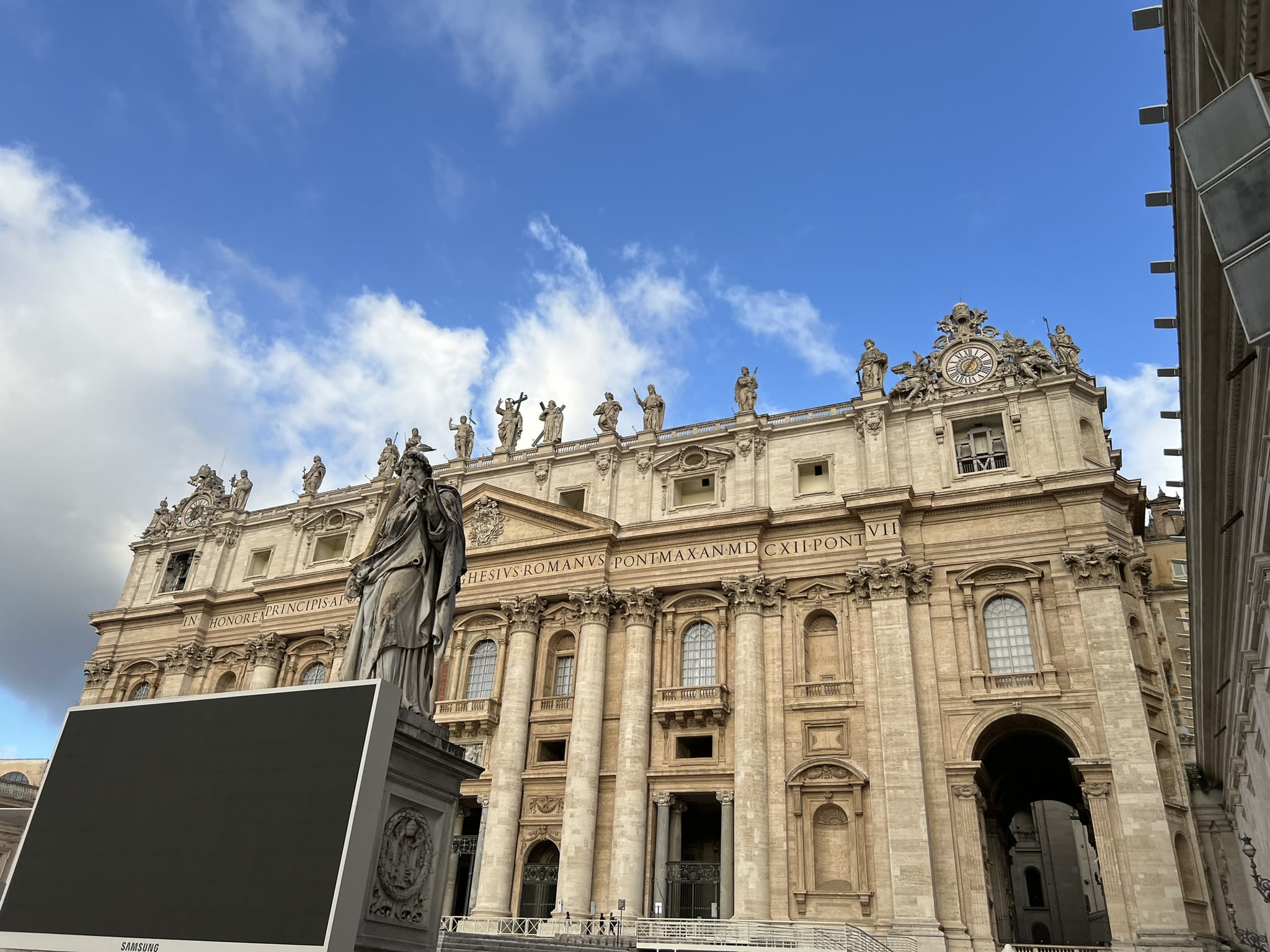
A Profitable Pilgrimage
Rome has long stood as a beacon of the Roman Catholic Church, attracting millions of visitors annually. With over 900 churches scattered throughout Italy’s capital city, it also contains the Vatican, the physical and spiritual seat of the Catholic faith. Vatican City, a sovereign country located inside the city of Rome, receives over five million visitors each year. With this constant flow of visitors, a new industry has popped up: religious tourism.
Millions of visitors come to the Vatican every year. But why? Is it the religious significance drawing them in, the deep history behind these buildings and monuments, or a mix of both? The Holy See draws in a mix of tourists and pilgrims each year, with many of its visitors citing multiple reasons behind their trip, ranging from their devotion to their faith to wanting to see the historical artwork and sculptures that the Vatican houses.
Zala Kriznik, a tourist from Slovenia, notes the unexplainable draw that the Vatican holds. When asked why she wanted to visit the Holy See, Kriznik responded, "Mainly to see the Basilica and, I don’t know, just get the feeling of being in the Vatican." She added that she was "impressed" upon seeing the city.
Social or Spiritual?
Valeria Paolini, an archeologist and tour guide in Rome, has seen her fair share of tourists come through the city, with this number seemingly increasing in recent years.
"Now there are much more travelers... because if you want to travel, it’s cheaper," she explained.
Interestingly, this increased ease of travel has also made for a new breed of casual tourists: those who visit the city's holy sites for social, rather than spiritual reasons.
From what Paolini has seen, many tourists nowadays want to visit St. Peter’s and the Sistine Chapel because they want to show to their friends that they were inside, saying that today, you can see that a lot of people "visit the Vatican through a cell phone," as she put it.
Not all travelers are the same however, and Paolini is sure to make this distinction between the casual and religious tourists.
"Then there are pilgrims; there are people who are here because they believe."
But Rome's many attractions necessitates a blending of these two types of tourists, and the actions of some can be distracting to those who visit for religious reasons.
"Sometimes for them, it can be difficult to visit the Vatican as a real pilgrim, because there are other travelers and they don’t care."

Photos by Luke Hopta
Photos by Luke Hopta

Photos by Luke Hopta
Photos by Luke Hopta
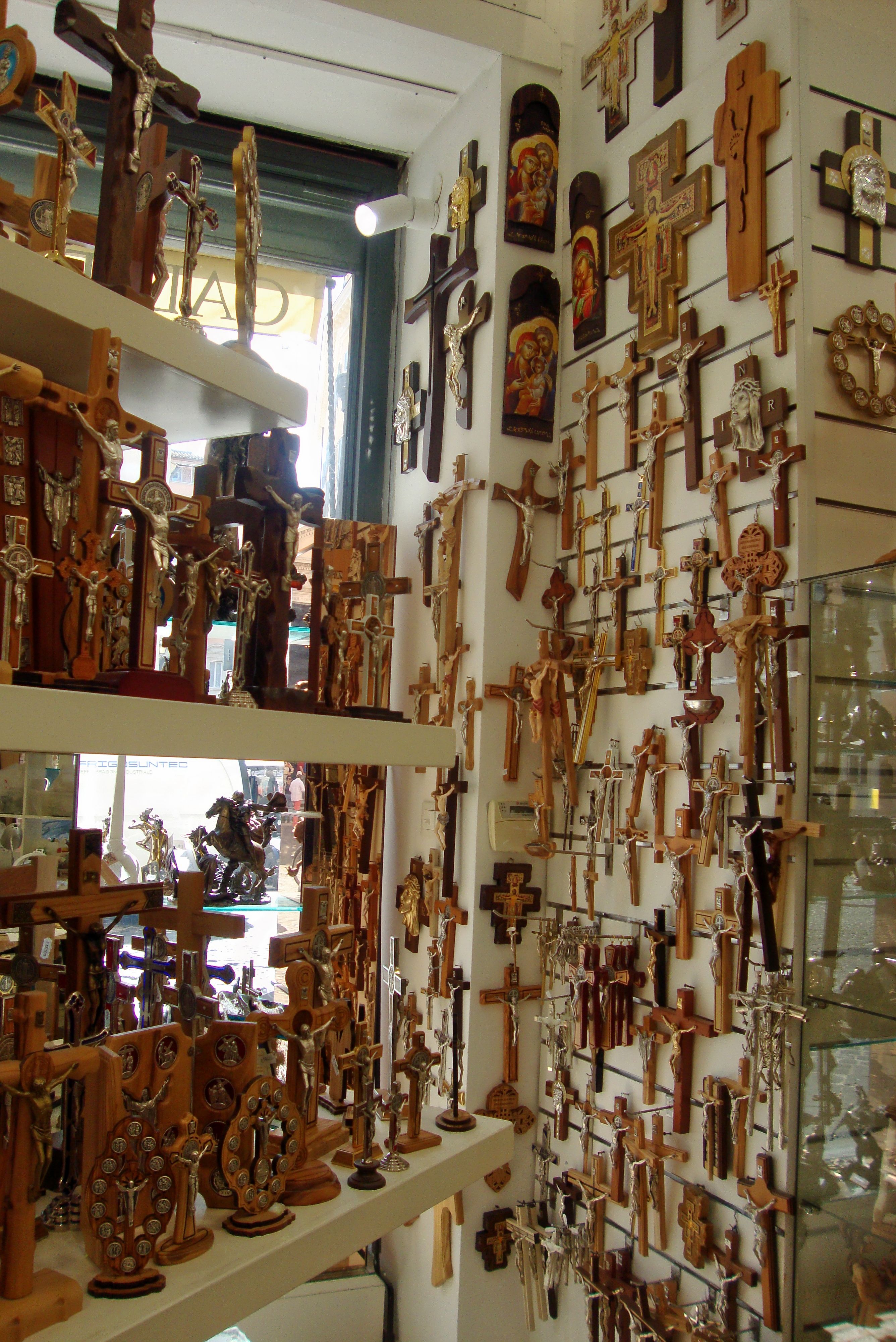
Photos by Luke Hopta
Photos by Luke Hopta
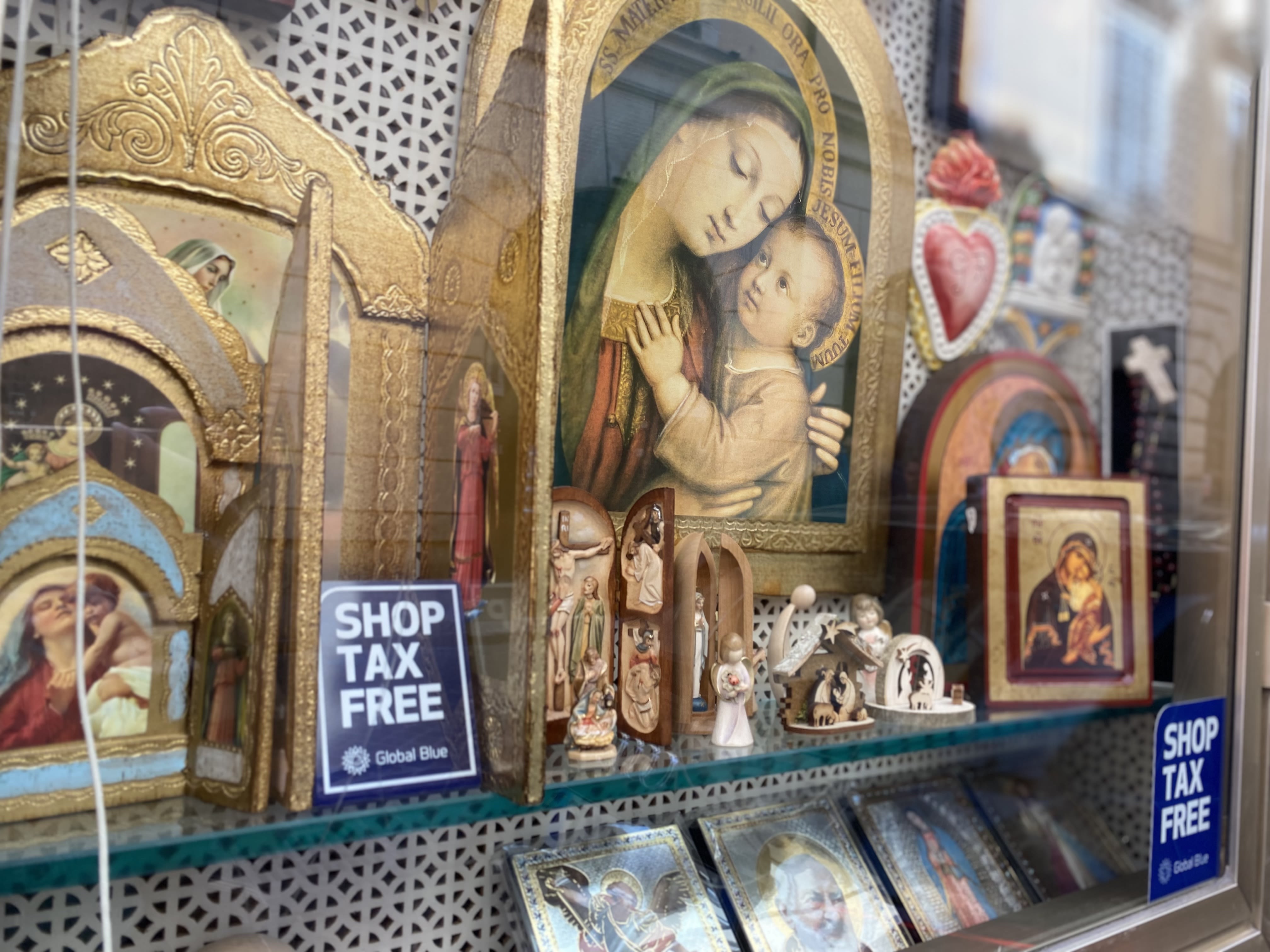
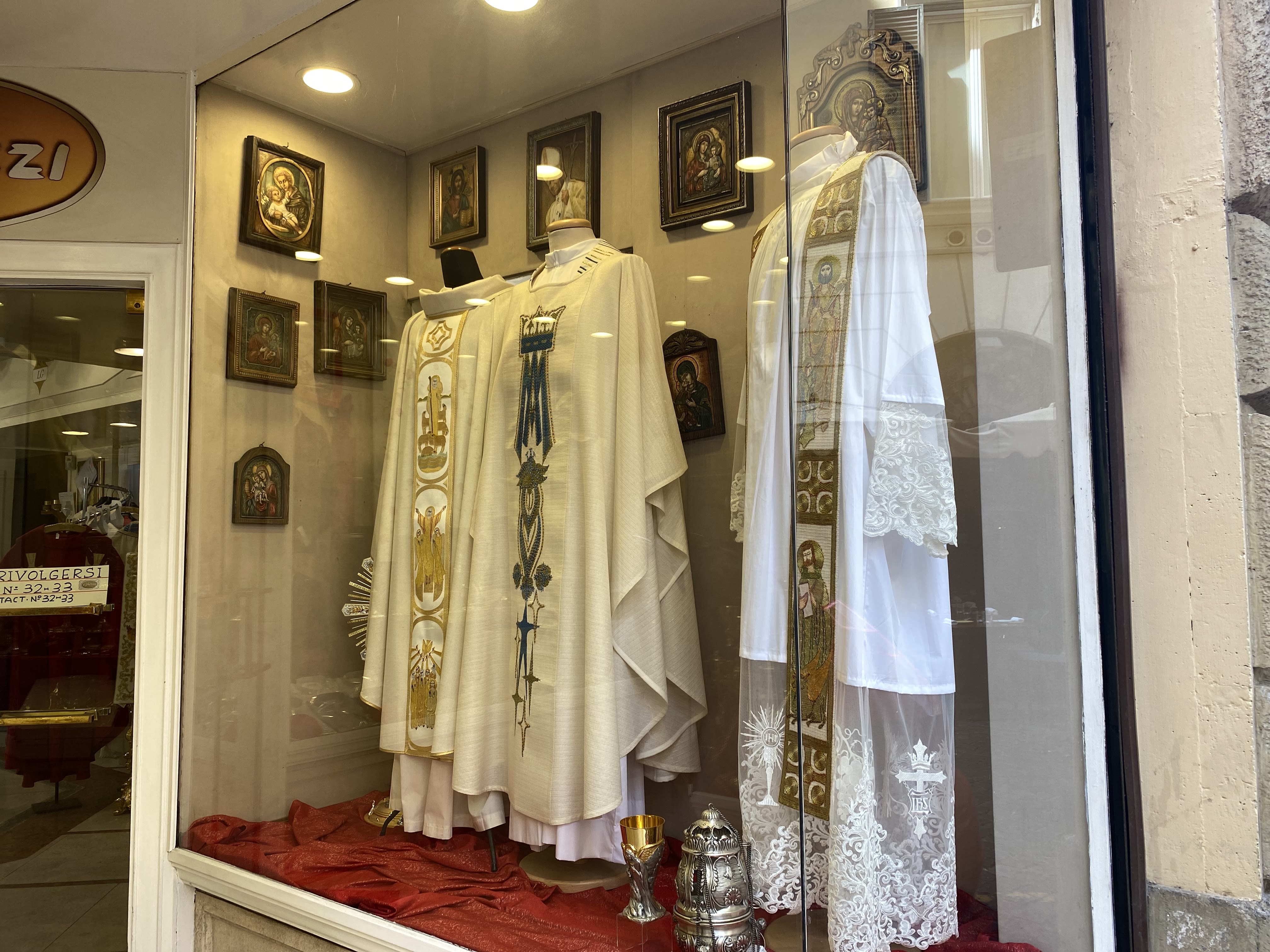
Shop Tax Free!
After spending €70 at gift stores, tourists are able to receive a tax refund for when they return home.
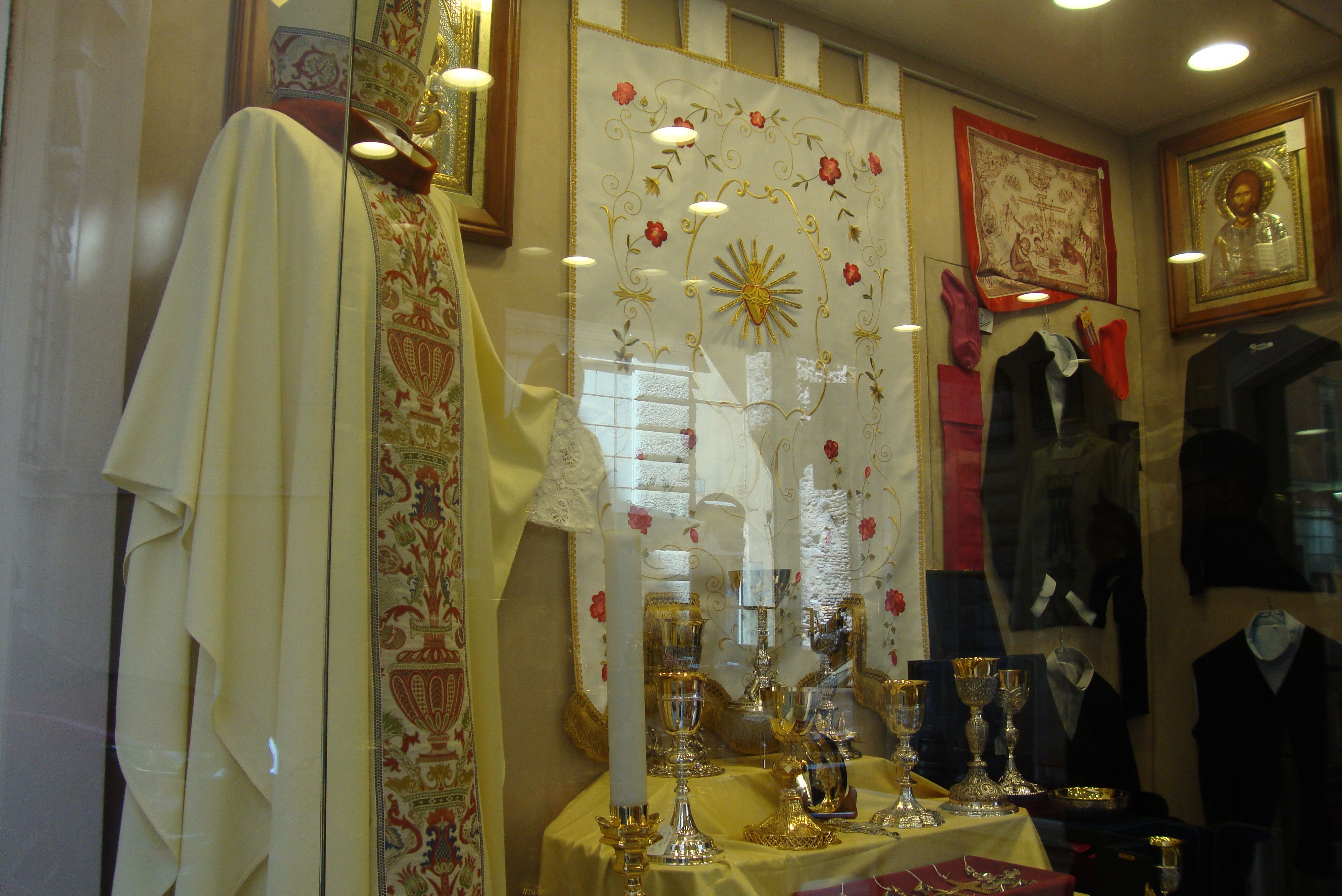
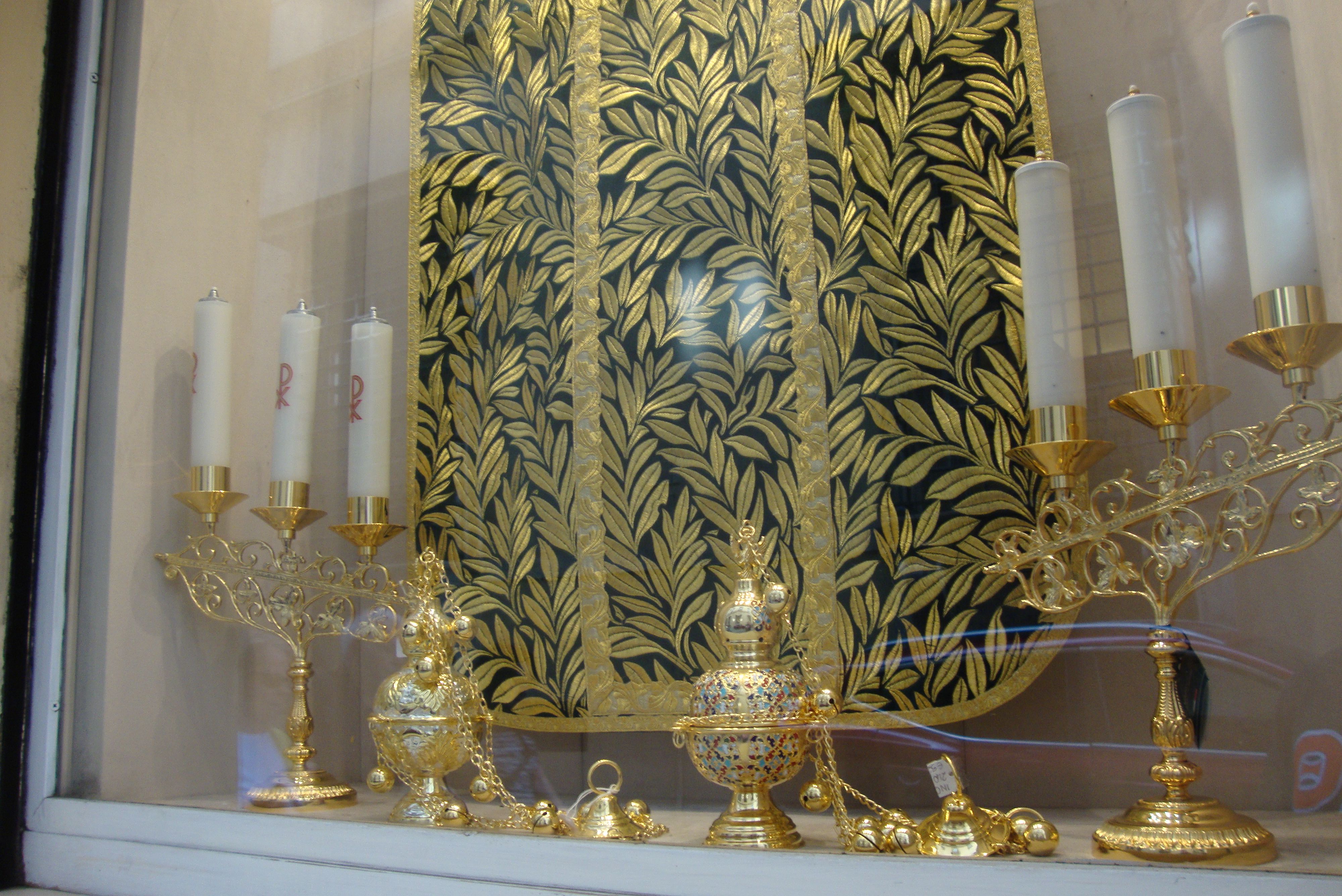
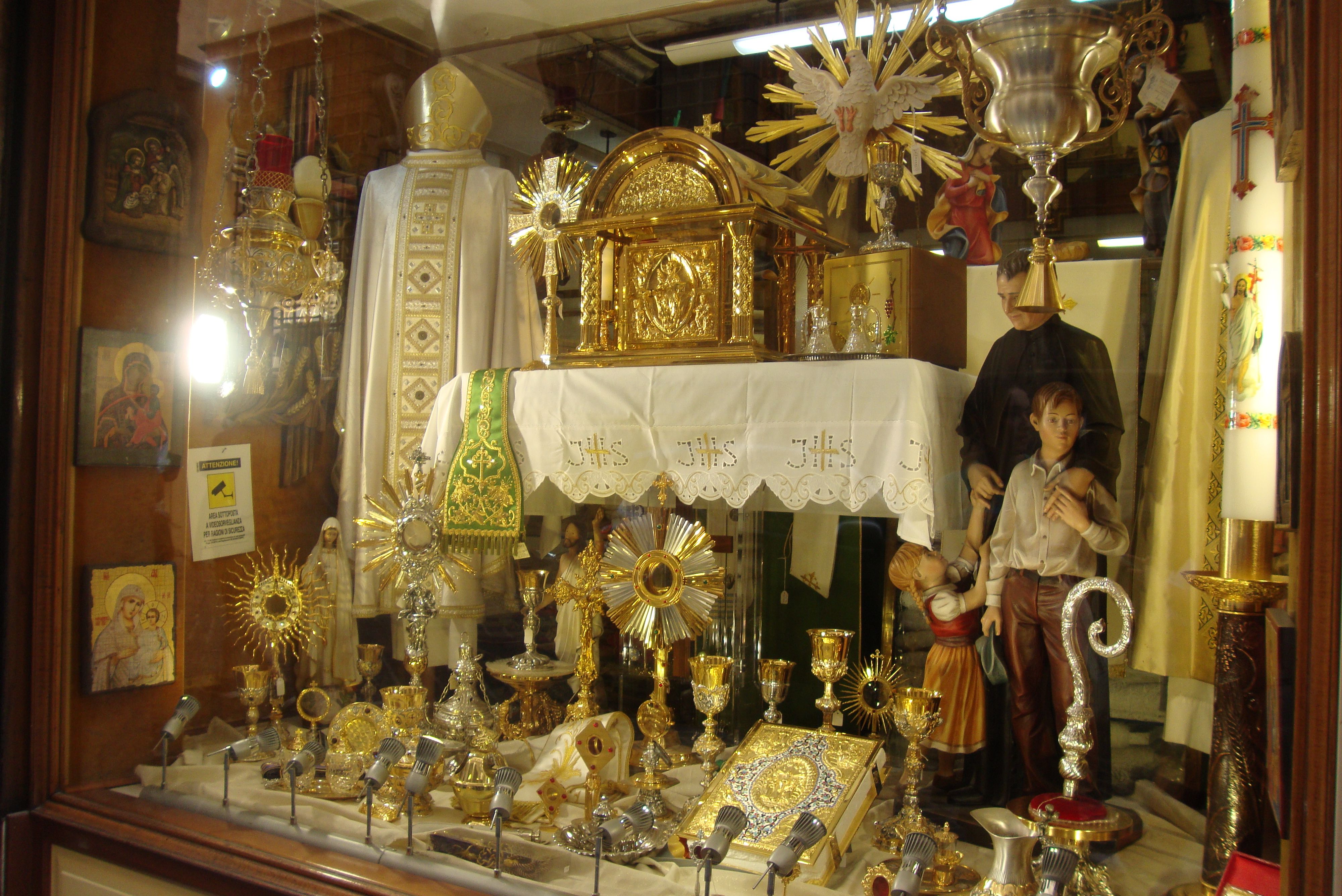
Liturgical Vestment Shops
Catholic priests worldwide travel to the center of the Catholic Faith, and while there can visit one of many shops for liturgical vestments. Here, they can find beautiful and ornate chasubles, copes, veils and more.
Priests Only!
When entering a shop that specializes in liturgical vestments, one should expect to be asked immediately if you are a priest, according to a local shopkeeper. Many of these garments cost thousands of euros to buy, and are often bought as either part of the church's budget or an individual priests desire for one using his limited salary.
A Souvenir for the Parish
Many other items can by bought by or for individual parishes and brought back to other regions or countries. Some examples include: crosses, altar coverings, candles, chalices, monstrances and more.
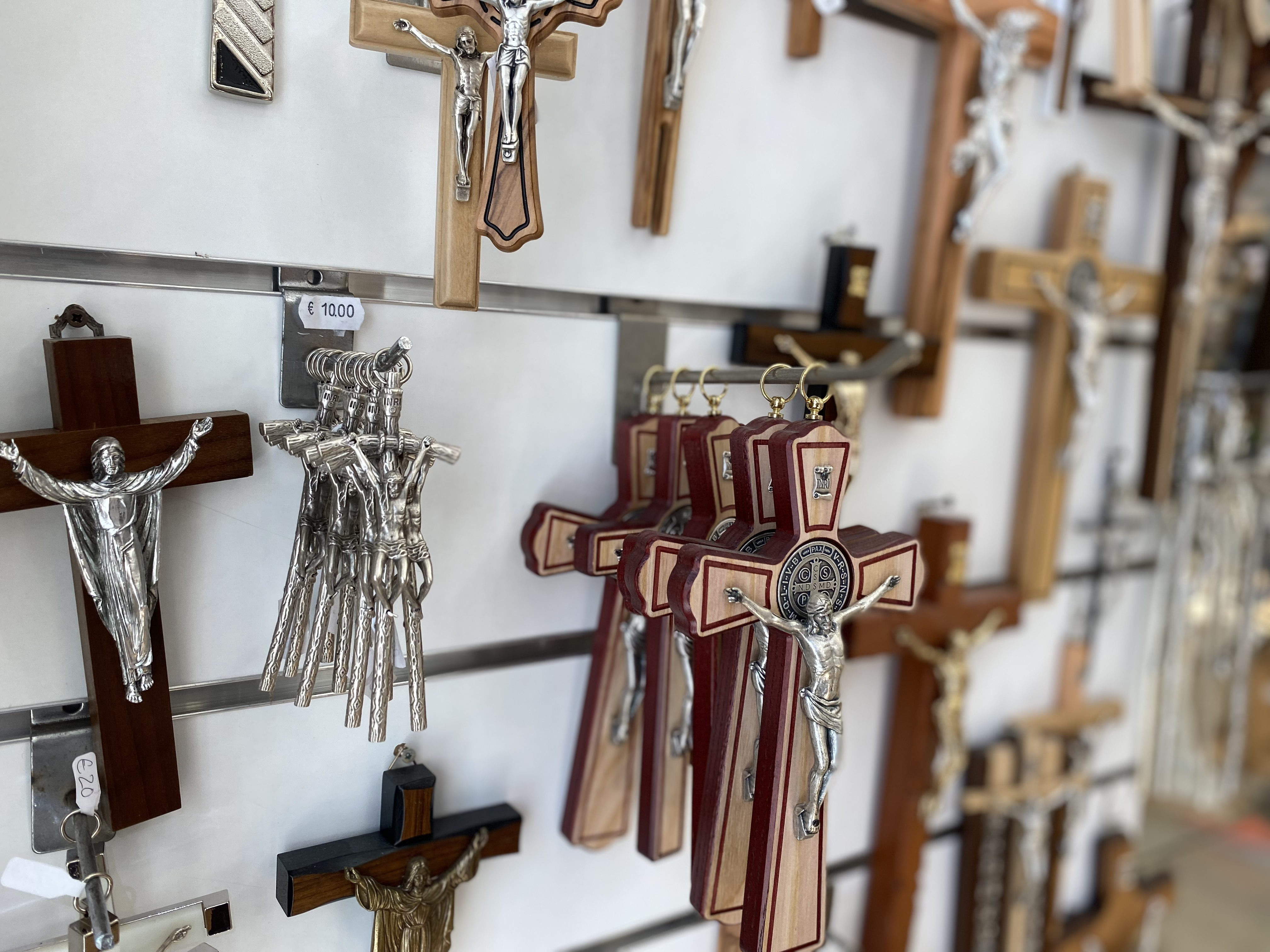
Crucifixion keychains. Photo by Riley Pappas
Crucifixion keychains. Photo by Riley Pappas
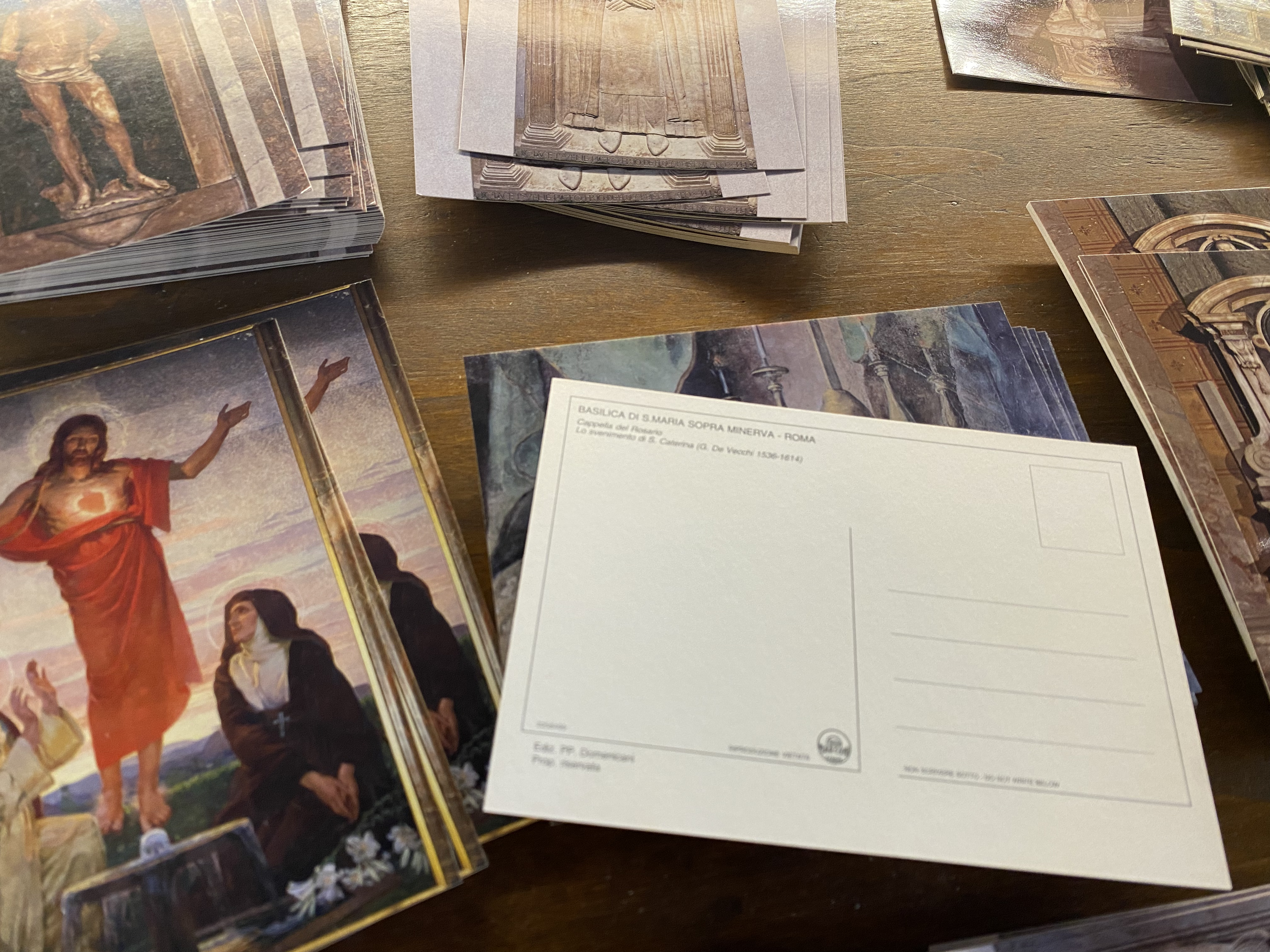
Religious postcards. Photo by Riley Pappas
Religious postcards. Photo by Riley Pappas
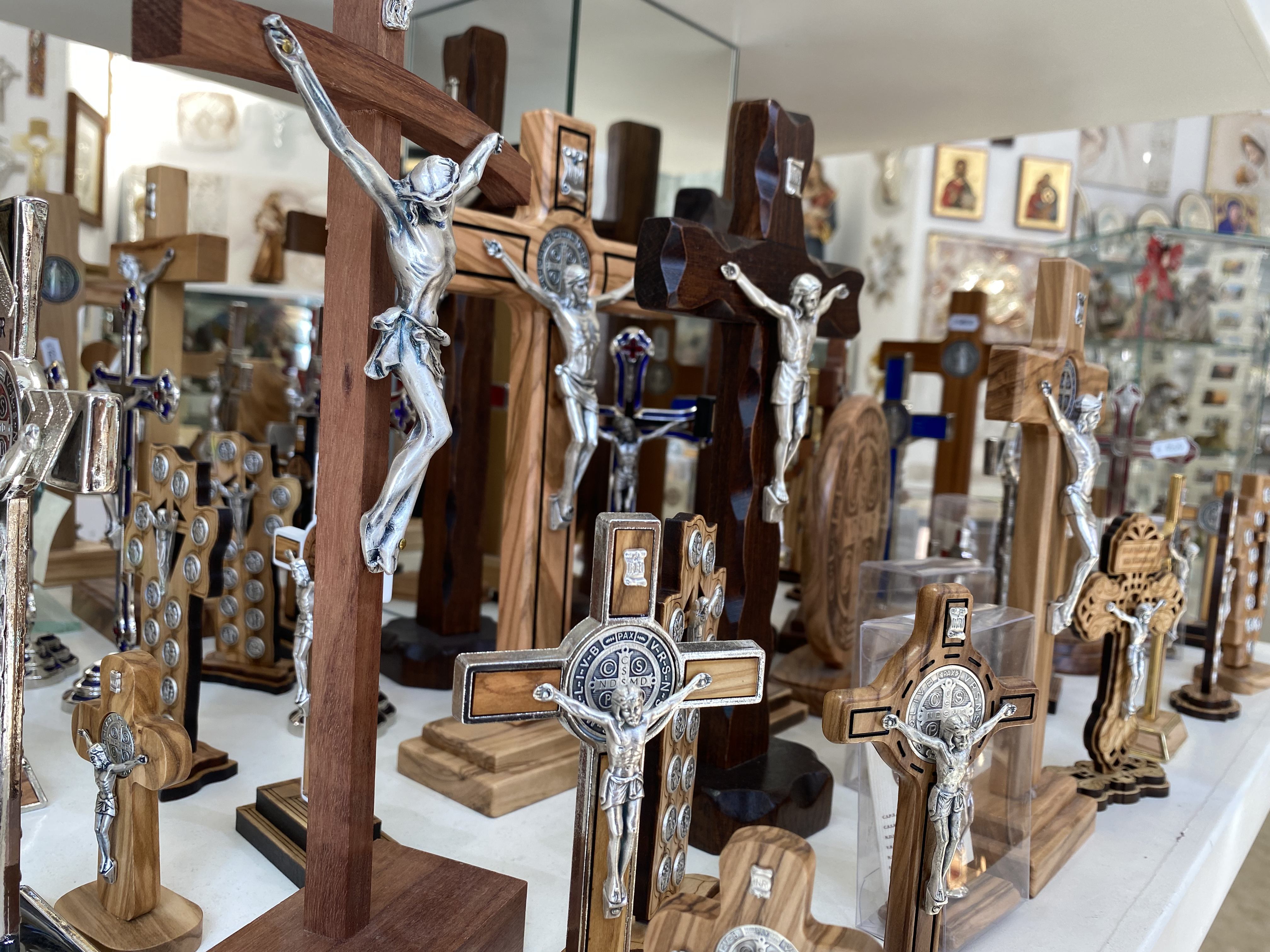
Various crucifixes. Photo by Luke Hopta
Various crucifixes. Photo by Luke Hopta
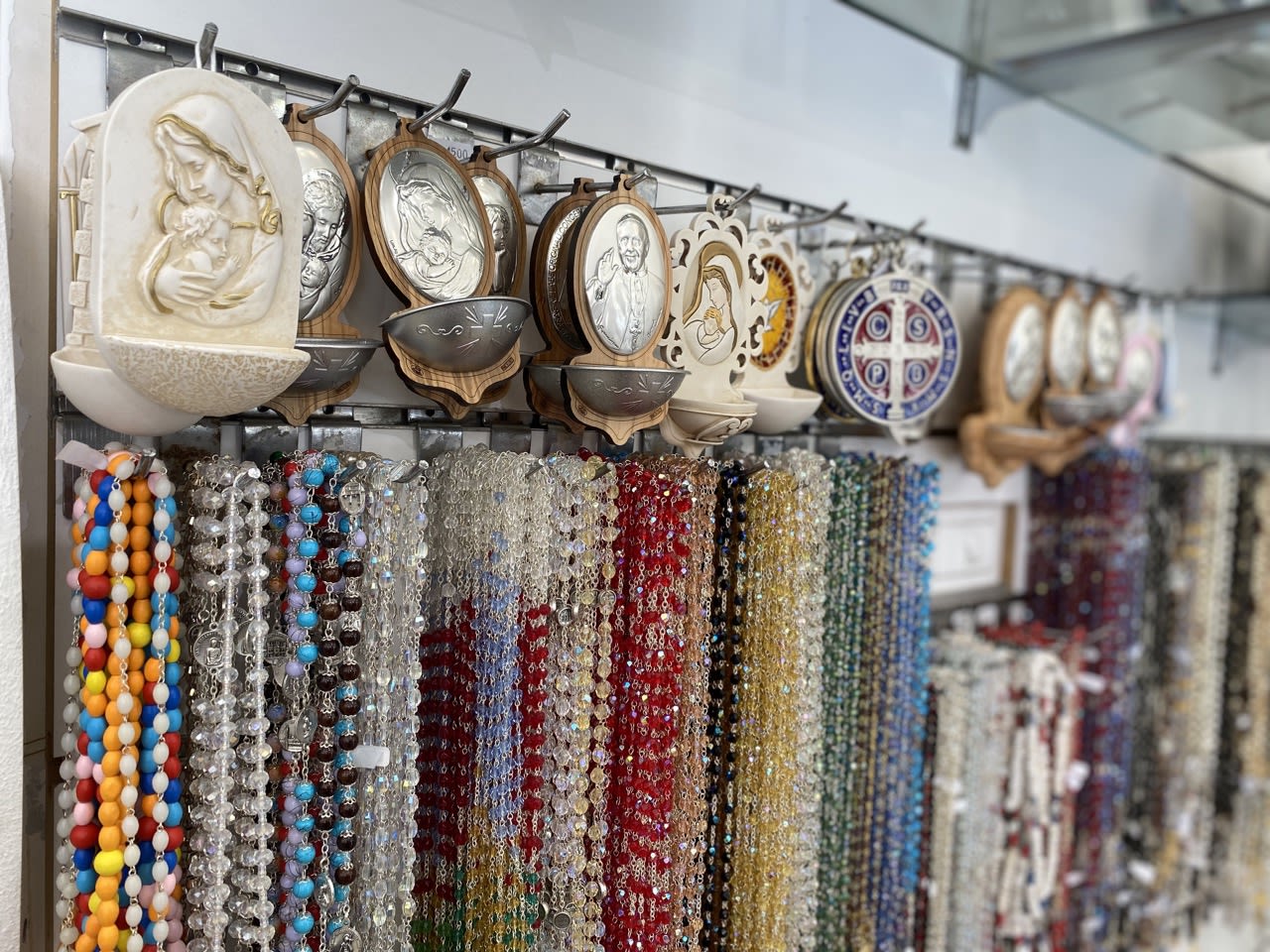
Assorted Rosaries and Holy Water Fonts. Photo by Luke Hopta
Assorted Rosaries and Holy Water Fonts. Photo by Luke Hopta
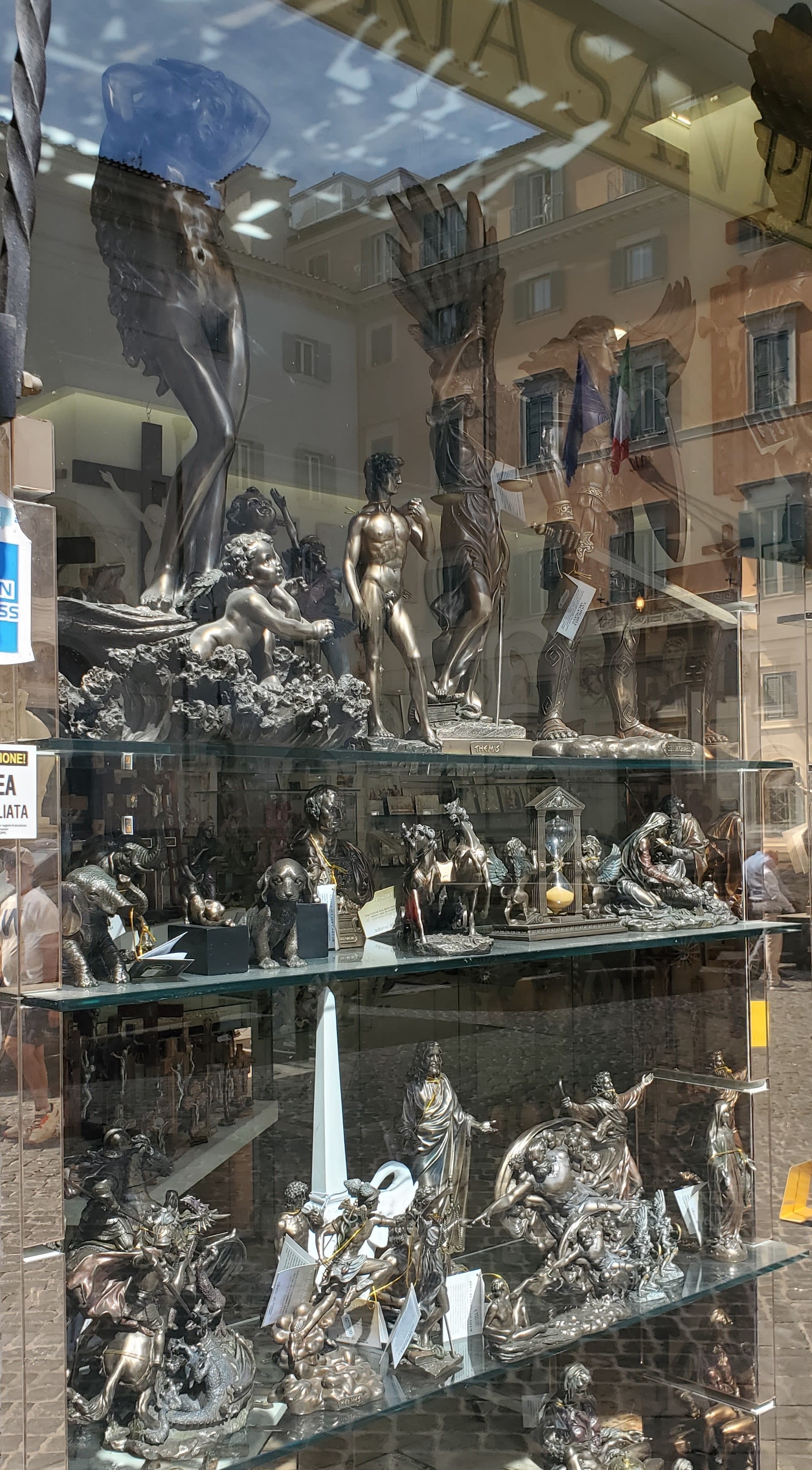
"Pagan" idols sold with Catholic paraphernalia. Photo by Luke Hopta
"Pagan" idols sold with Catholic paraphernalia. Photo by Luke Hopta
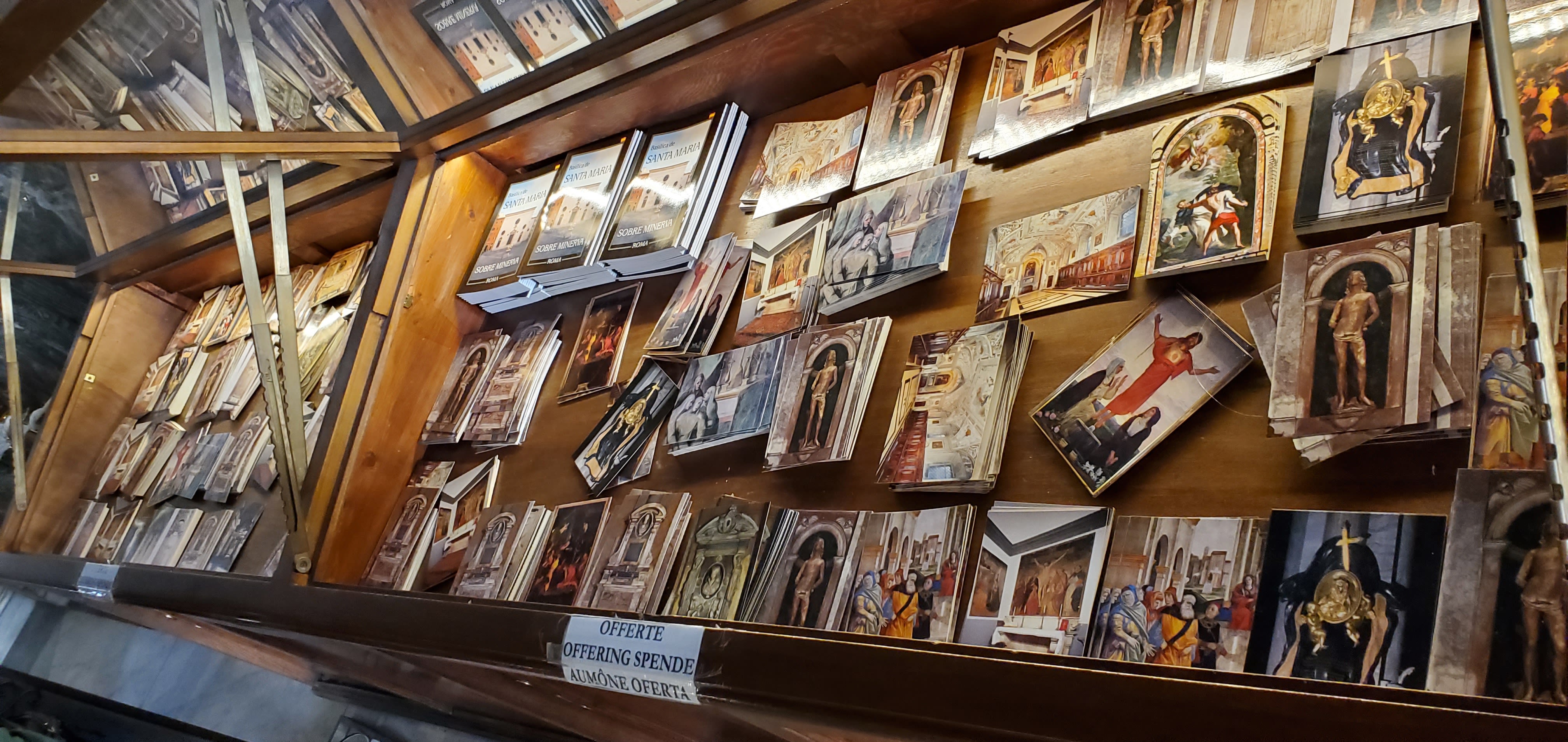
Post cards avaliable for sale at Basilica di Santa Maria Sopra Minerva. Photo by Luke Hopta
Post cards avaliable for sale at Basilica di Santa Maria Sopra Minerva. Photo by Luke Hopta
Artisans of Catholic Iconography
Pictures of Jesus Christ, Mary, the Saints and scenes from the Bible are all important representations of faith for Catholics. In Rome, many artists create and sell these types of icons.
Pictured to the right is an example of a shop that recreates photos and paintings into mosaics. The shop, Galleria San Pietro Touristation, is located at Piazza della Minerva, right across from The Basilica of Santa Maria Sopra Minerva.
Many Catholic icon shops around Rome are located conveniently across from a church.
"it’s a business behind [it], of course. But it’s also true that it’s a Catholic tradition. A Catholic tradition, it means that it’s exactly what is our tradition. So if we believe in saints, we want a picture or a statue of the saint... And there are a lot of people who have the pictures of [saints] in their bags or they have also the pictures on a cable in the house," Paolini said.
It's conflicting for some tourists to buy the products sold in these shops, like Nika Podlesnik, who is on a trip from Slovenia.
"If it’s really blessed by the Pope, then I guess it would be okay, but I don’t really trust these things that it’s actually blessed by him," Podlesnik reasoned. "And it also depends on the money, because I know the church has a lot of money, so taking money from people who are really believers, I don’t think that’s really cool. That’s just my personal opinion."
Others don't necessarily consider religious gifts but just sentimental ones, for family, like visitors Julie and Shuri from Wales.
"My granddaughter, she got a hat, and I get her a pin to go on the hat from every country we go to," Shuri said, saying that the two think mostly of their grandchildren when looking at presents and gifts to bring home, not necessarily prioritizing the religious nature of some items sold in churches.
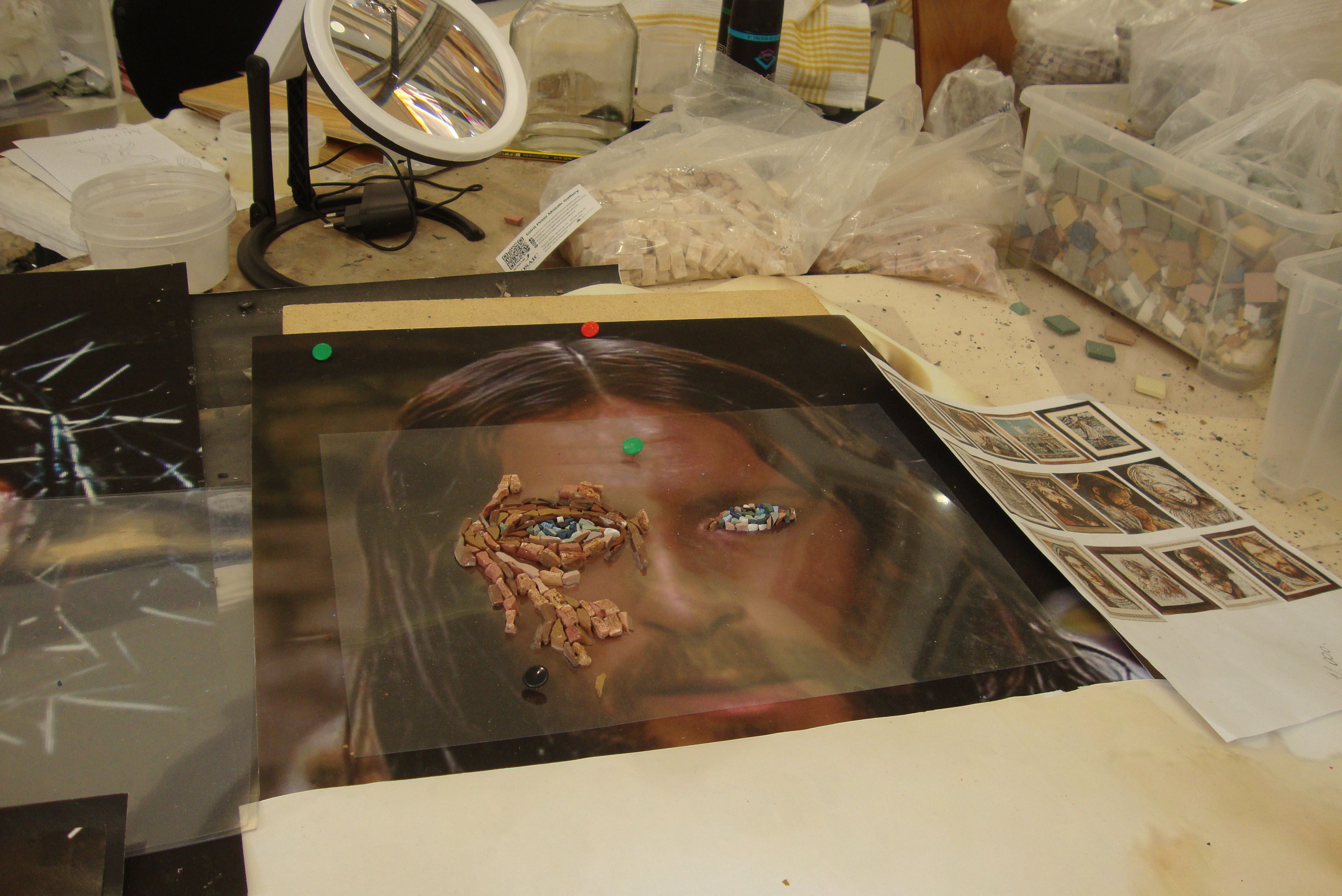
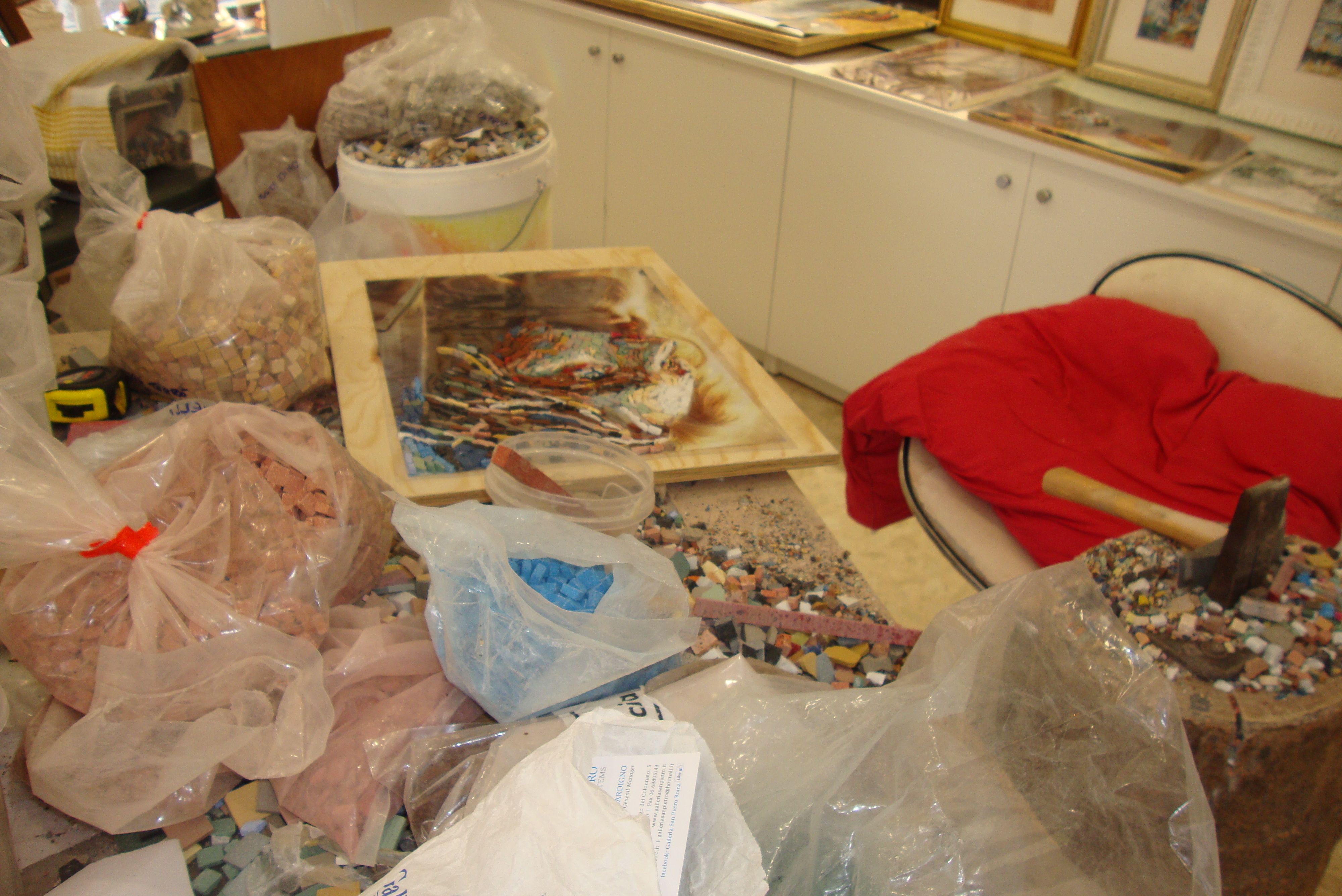
The Churches of Rome: Museums
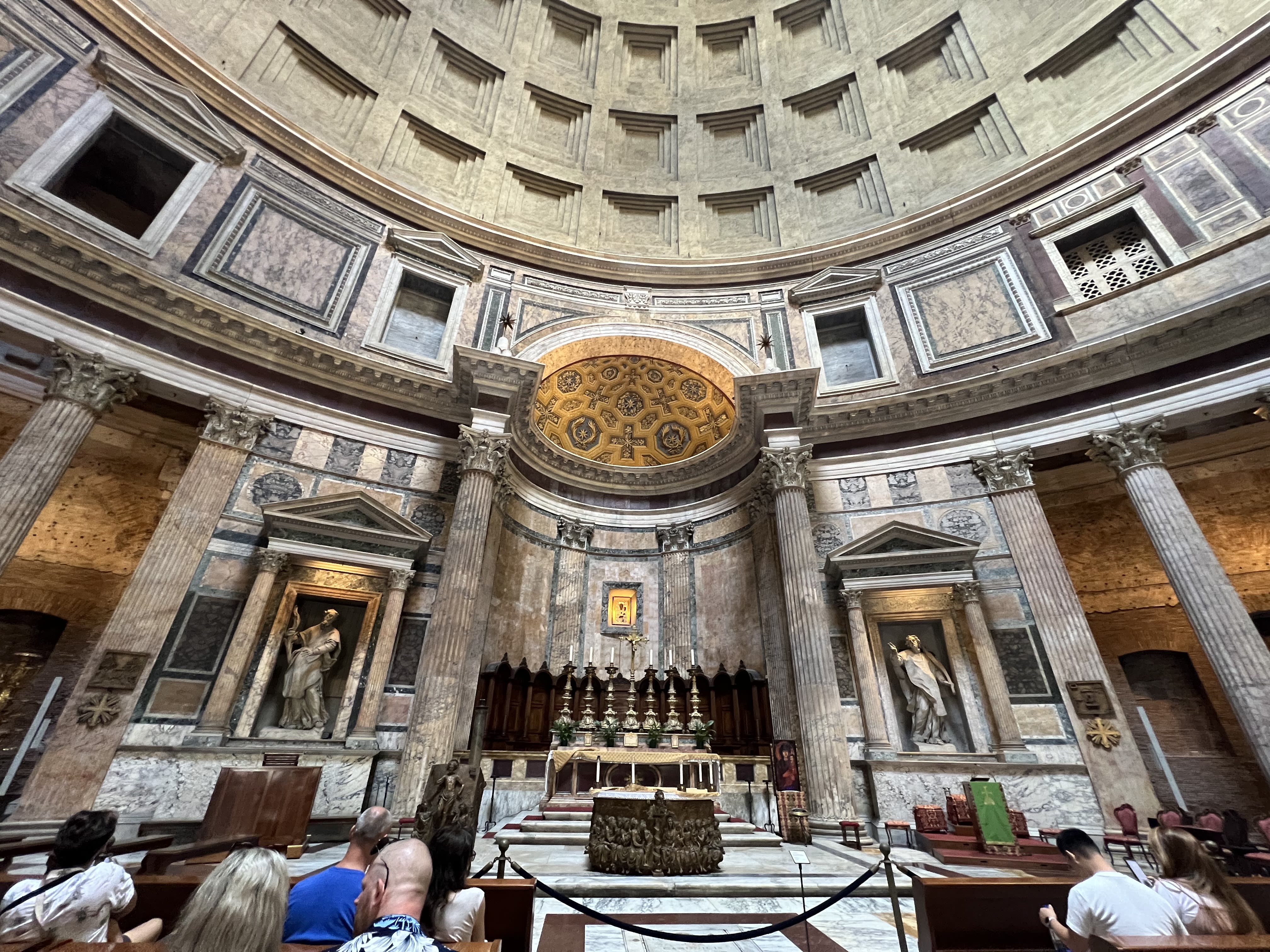
The Churches of Rome represent a large part of the culture of Rome, and are thus very important for tourism and experiencing Rome. Valeria Paolini shared the importance of visiting these historic sites, whether or not somebody is Catholic.
"Sometimes I suggest [to my tour groups to] visit the churches in Rome and they say, ‘no, Valeria, we are not Catholics.’ No, doesn’t matter, because the churches in Rome are museums," she explained. "In the churches of Rome, you can see for free the statues of Michelangelo, the statues of Bernini, the paintings of Caravaggio, the paintings of Raphael."
The Pantheon, a functioning Catholic Church
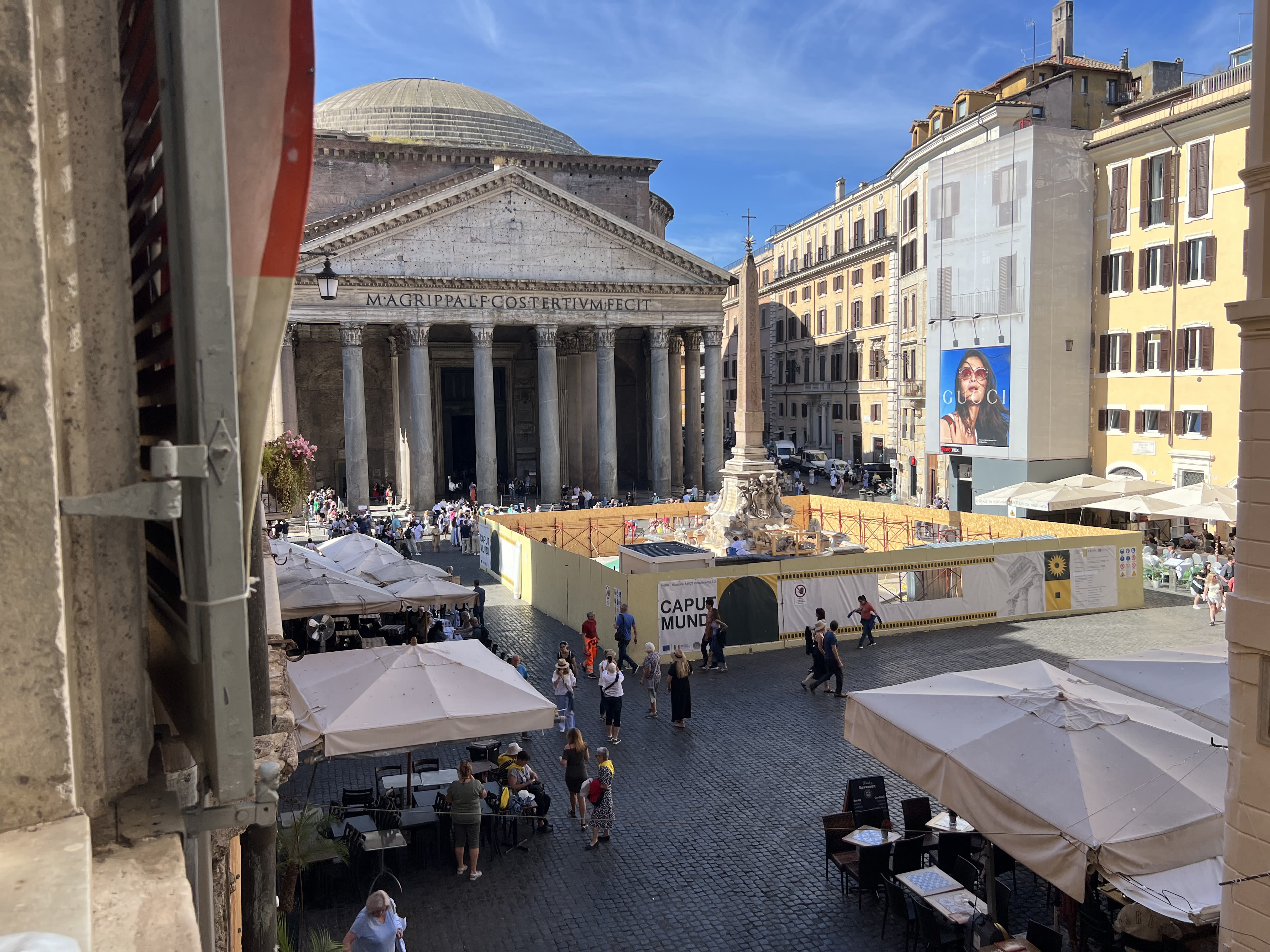
Exterior of Pantheon. Photo by Luke Hopta
Exterior of Pantheon. Photo by Luke Hopta
Reusing a Temple
Rome is a city that is built on top of itself, and buildings are often reused. The original purpose of the Pantheon was a temple to Roman Pagan gods.
Since then, Rome has become a Catholic city and the Pope gained ownership over the Pantheon, making it a Catholic Church.
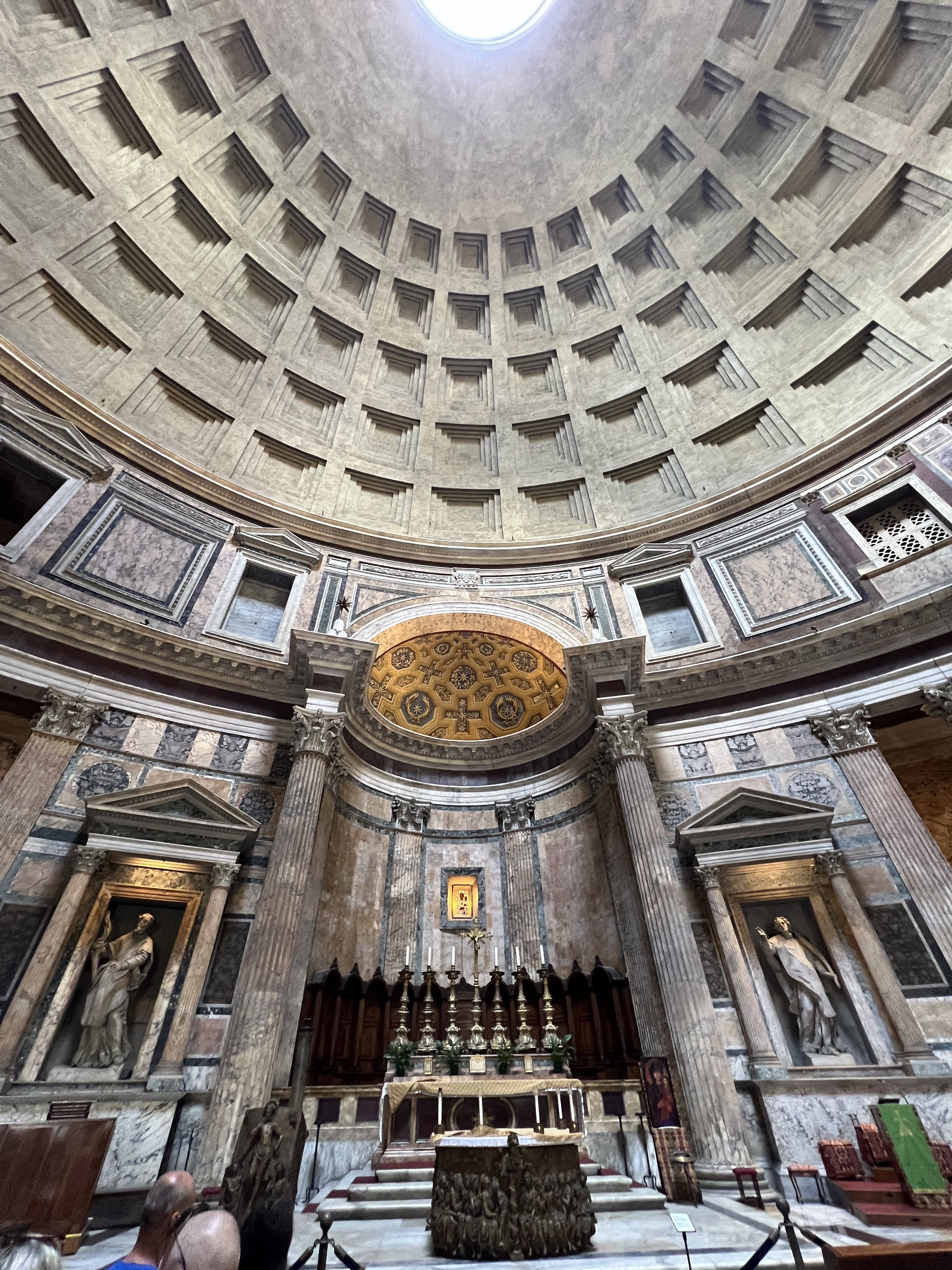
Pantheon Altar. Photo by Luke Hopta
Pantheon Altar. Photo by Luke Hopta
The Altar for Mass
Although there is a fee to enter the Pantheon, those going to attend a scheduled Mass get free entry. Visitors are welcome to come and pray also.
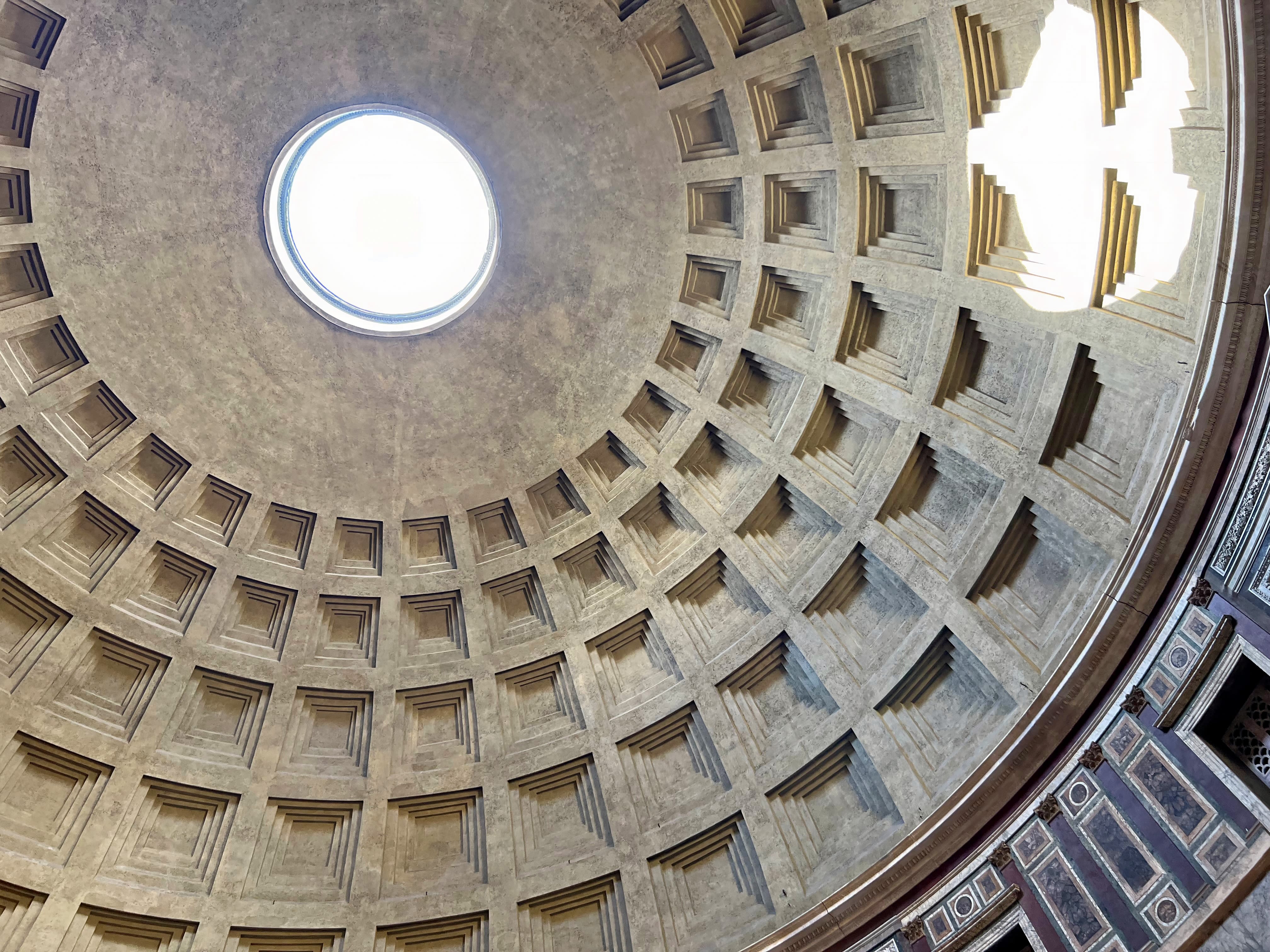
Pantheon Dome. Photo by Luke Hopta
Pantheon Dome. Photo by Luke Hopta
The Concrete Dome
The most famous aspect of the world renowned Pantheon is the engineering masterpiece of the concrete dome.
Many people do not know that this building is a functional Catholic Church, as it is more famous for the dome.
Pilgrims line up outside St. Peter's Basilica at 6:30am for a rare English-speaking Mass
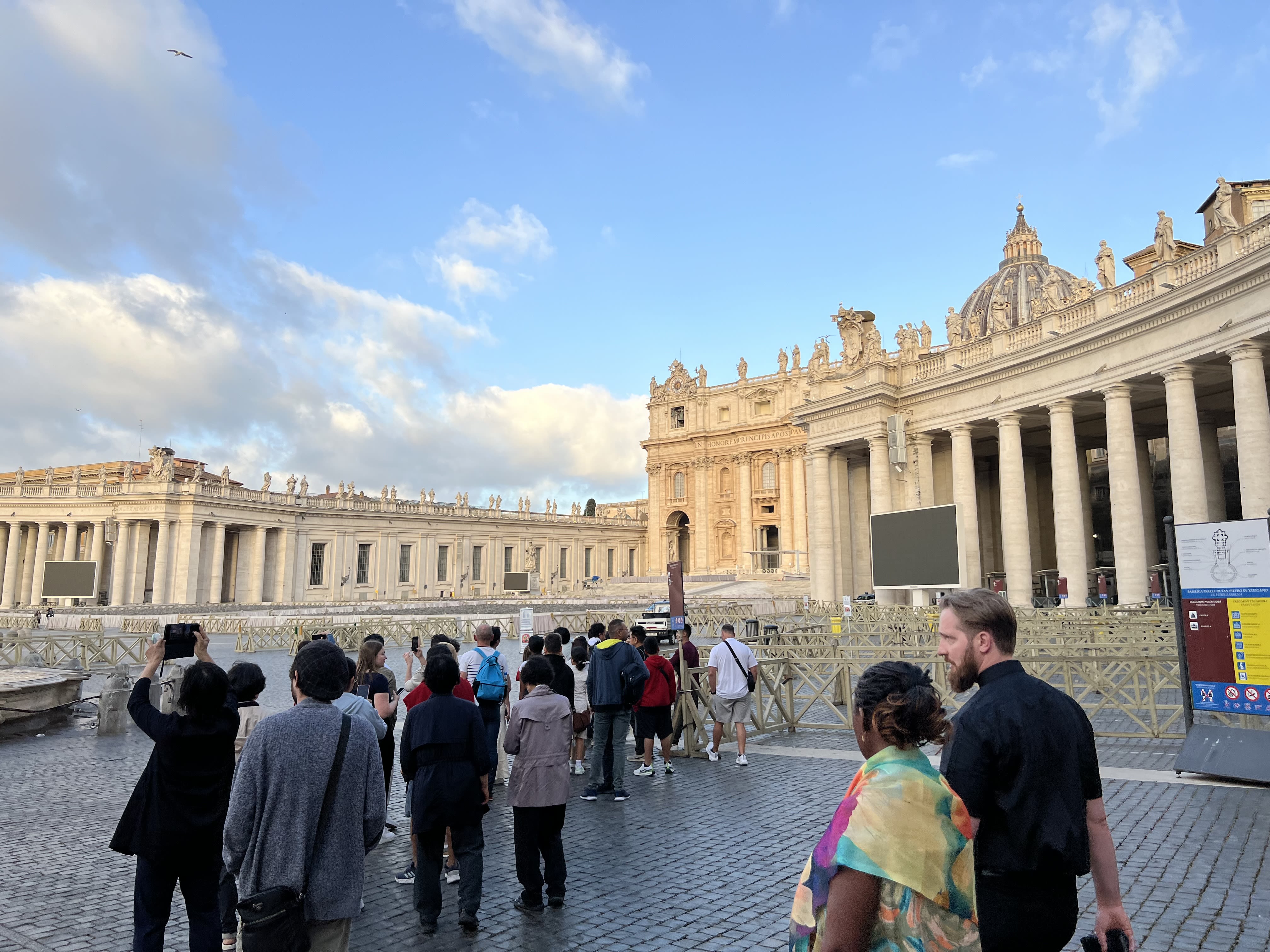
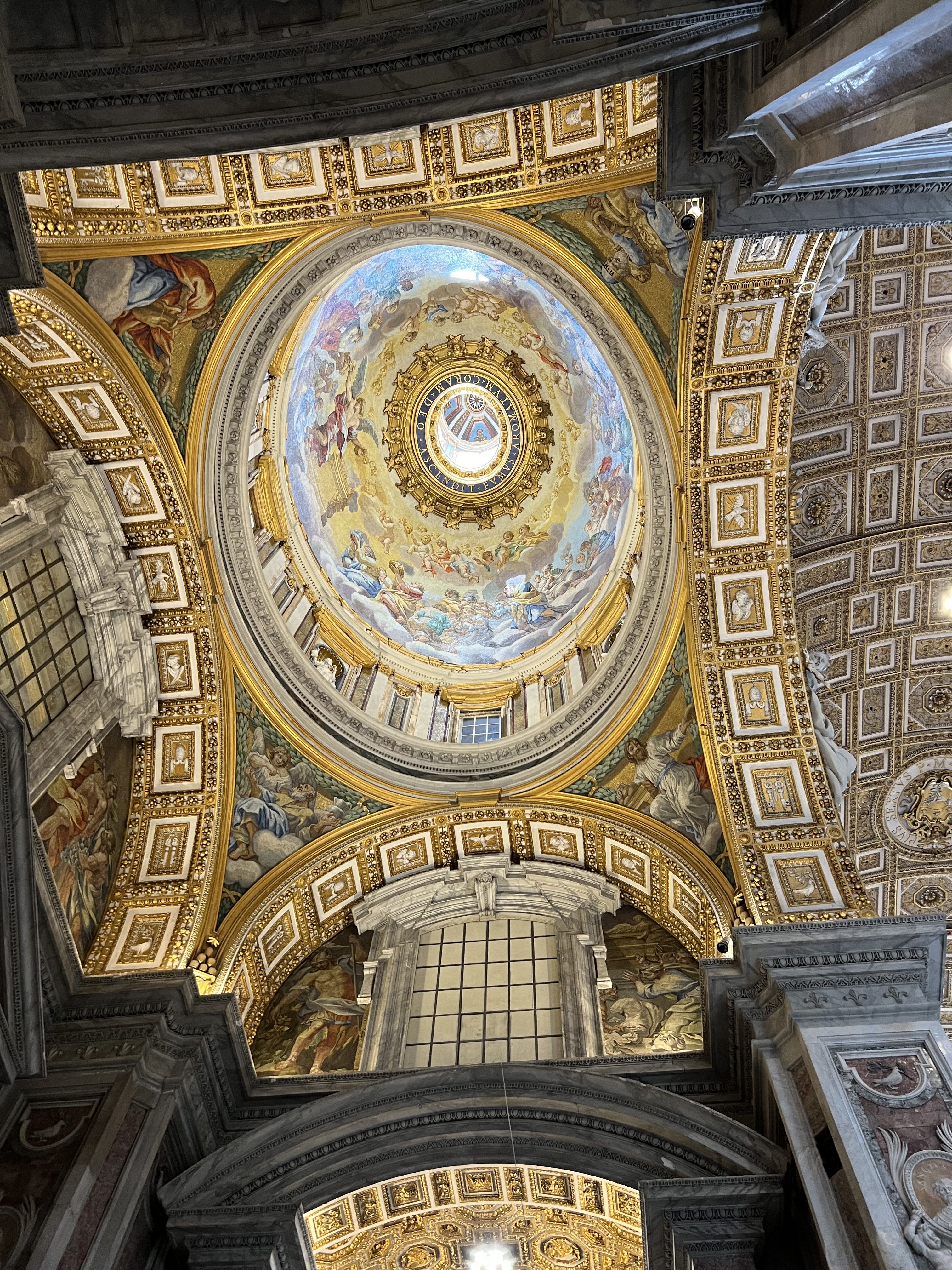
A section of the ceiling in St. Peter's Basilica. Photo by Luke Hopta
A section of the ceiling in St. Peter's Basilica. Photo by Luke Hopta
Tourists flooding out of Vatican City. Video by Riley Pappas
Tourists flooding out of Vatican City. Video by Riley Pappas
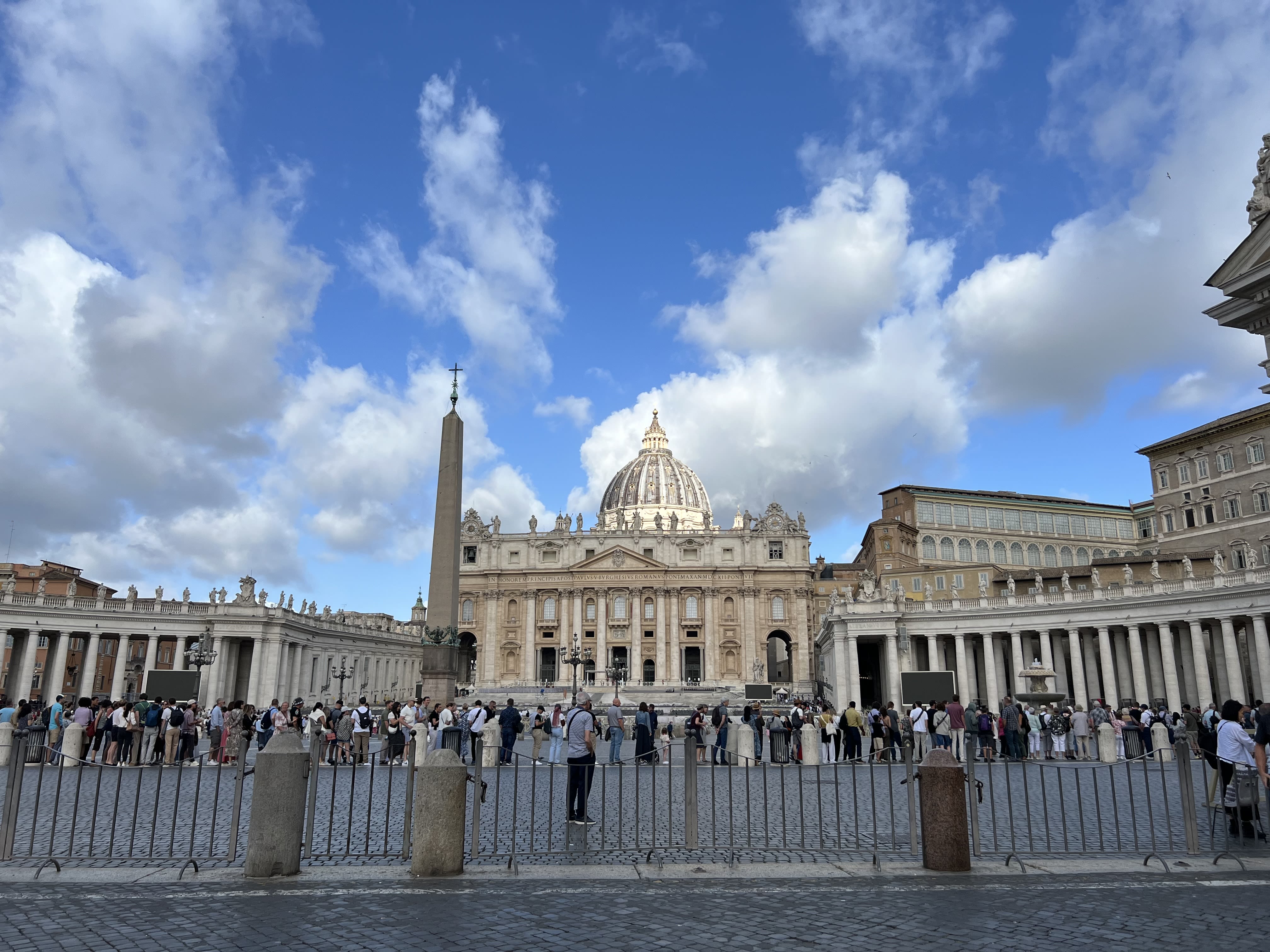
St. Peter's Square in front of the Basilica. Photo by Luke Hopta
St. Peter's Square in front of the Basilica. Photo by Luke Hopta
Basilica of Santo Stefano Rotondo al Celio
This unique circular Church resides just South East of the Colosseum. The distinctive main altar is located at the center of the building, with seating in a semi circle around the front.
A big driving factor for tourists to come to this Church is the free art on display. All around the walls of the Church are paintings depicting the martyrdoms (deaths because of religious belief) of many famous Saints and Martyrs.
Many of these paintings are hard to look at due to the extreme violence they represent including having body parts chopped off, lashings, crucifixions, crushing by stones, etc.
While some tourists certainly visit out of fascination of the macabre nature of these images, these pictures are also important religiously. These representations of the Martyrdoms remind Catholics of the struggles of their people over time, and the value of staying true to one's beliefs. These reminders are emphasized by the displays of Jesus's own death and crucifixion.
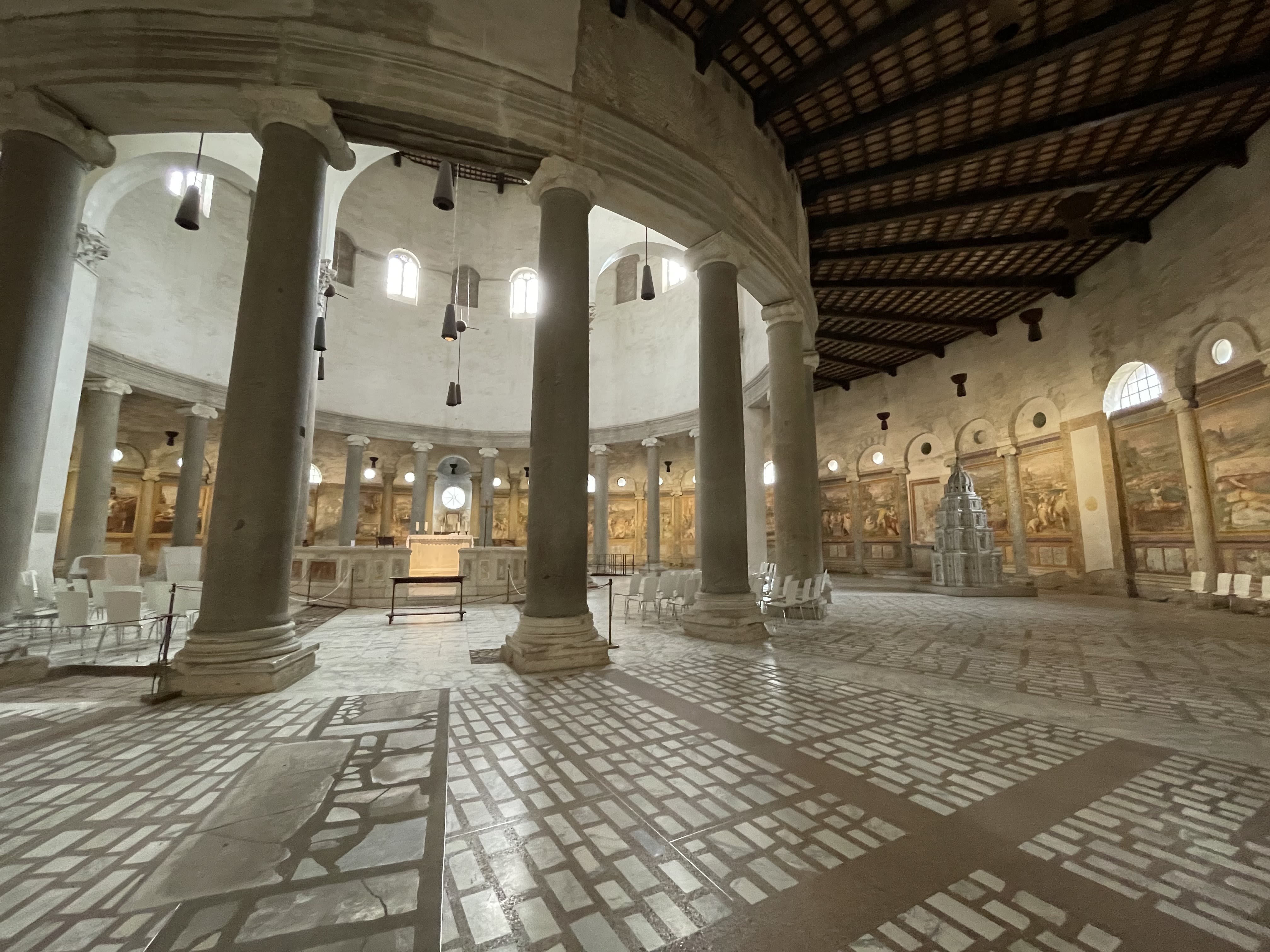
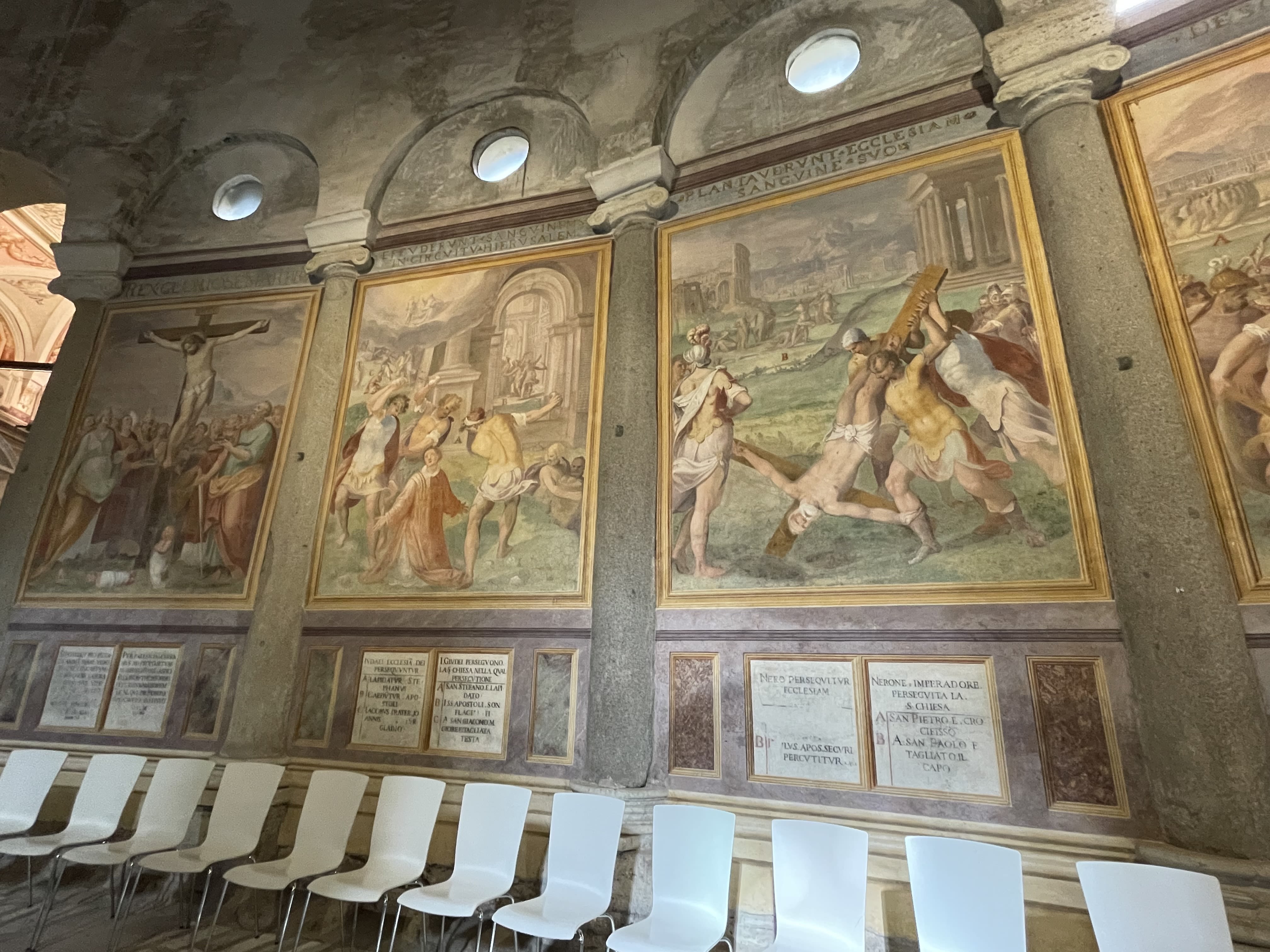
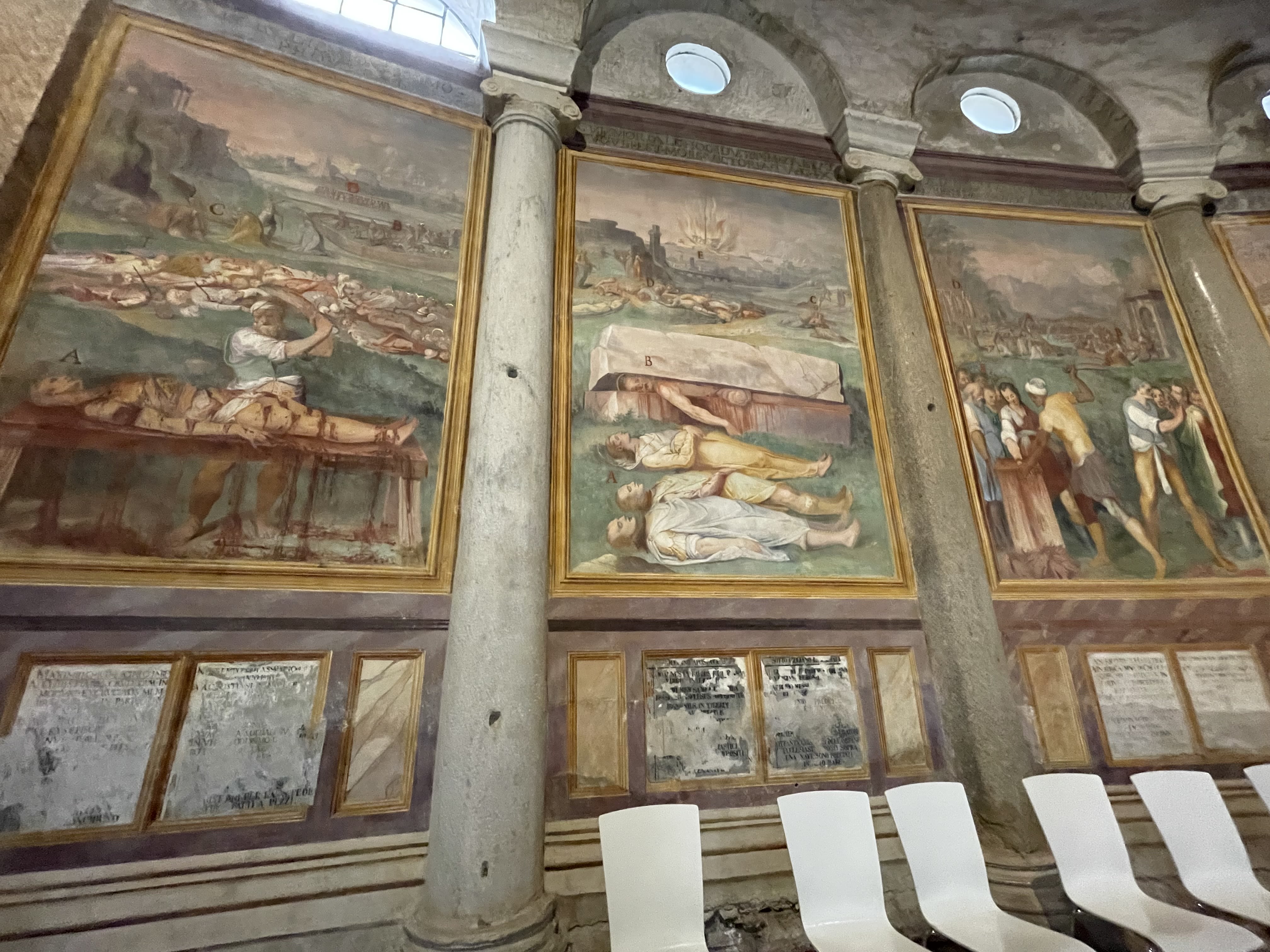
The Crypt of the Capuchin Friars
This popular crypt is located beneath the church of Santa Maria della Concezione dei Cappuccini. No photos are allowed inside without special permit, as this place is primarily a burial ground for friars of the Capuchin order.
Here, the bones and mummified remains of over 3,000 friars of the order are displayed for all visitors to see. Their remains are displayed in artistic ways, with all the bones separated to create designs. For example, a hourglass of bones is given angel wings by pelvis bones.
This macabre crypt is meant to invoke a understanding of death for visitors and remind Catholics that this earthly life is only temporary.
At the end there is, of course, a gift shop, showing how the tourism industry is omnipotent within the religiosity of Rome.
A Year of Forgiveness
Every 25 years, the Catholic church celebrates its Jubilee, a year of special grace and remission of sins. This occasion attracts pilgrims from all over the world, and the city of Rome spends a great deal of time and money in its preparations. Construction is visibly underway all across the city, as is the anticipation of the economic gain of the celebration.
"The Pope, for the city of Rome, is also business, economy. John Paul II gave a lot of money to the city, and he was loved a lot from all the people in the world," she said, comparing the two Popes. "Francis, in contrast, has received his fair share of criticism within the Catholic church. As a result, it is unclear whether the turnout of next year's Jubilee will match the grandeur of 2000.
"The pope that we have now is not like John Paul II, but also Christianity, the Christian religion has changed. The new generations are different. John Paul II was able to stay closer to the younger generations." Only time will tell if the turnout for the 2025 Jubilee lives up to its preparations.
"The Pope, for the city of Rome, is also business, economy."
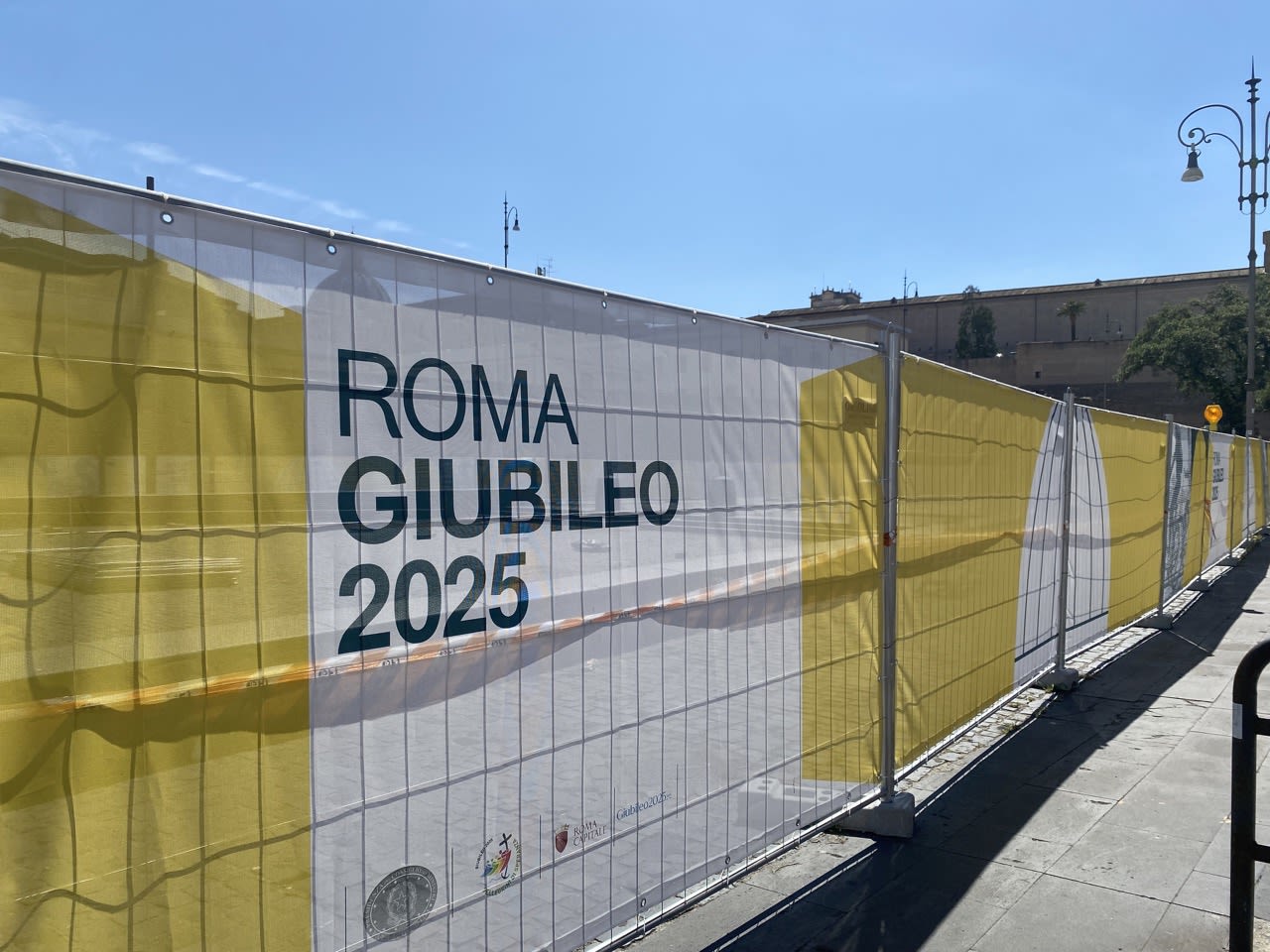
Construction Banner for Jubilee Photo by Riley Pappas
Construction Banner for Jubilee Photo by Riley Pappas
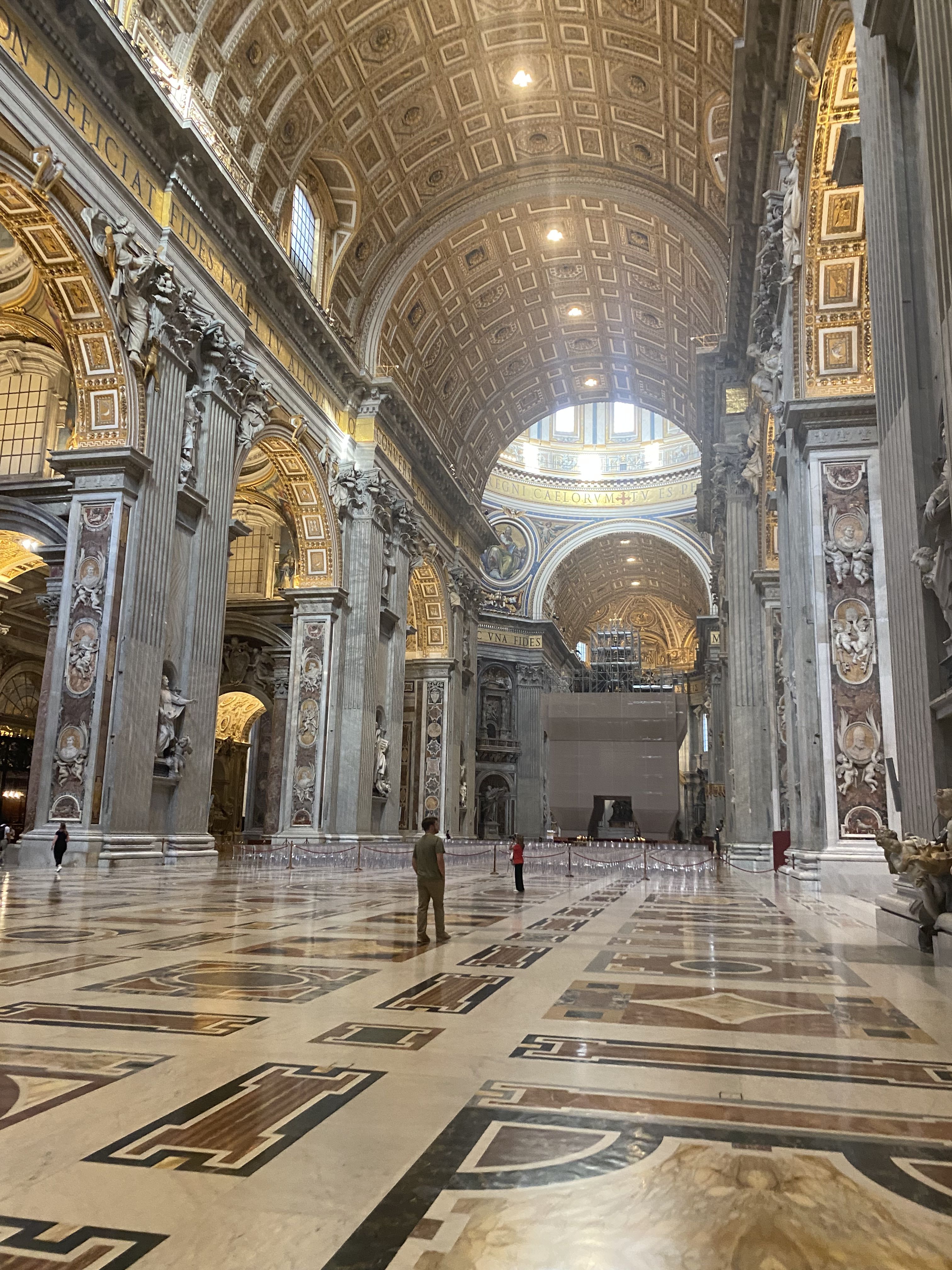
Construction underway in the interior of St. Peter's Basilica Photo by Riley Pappas
Construction underway in the interior of St. Peter's Basilica Photo by Riley Pappas
